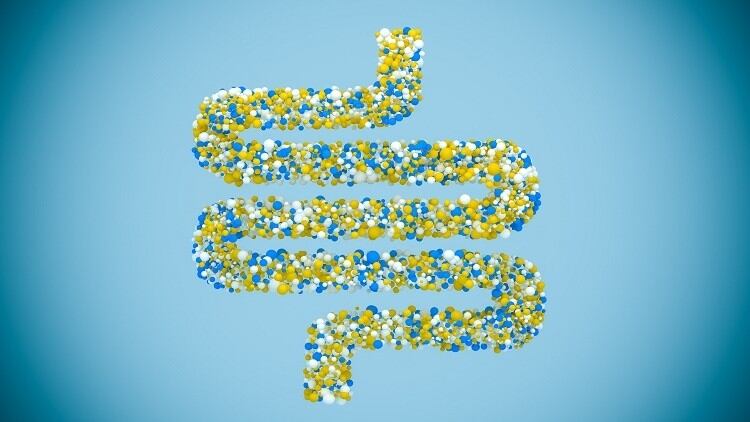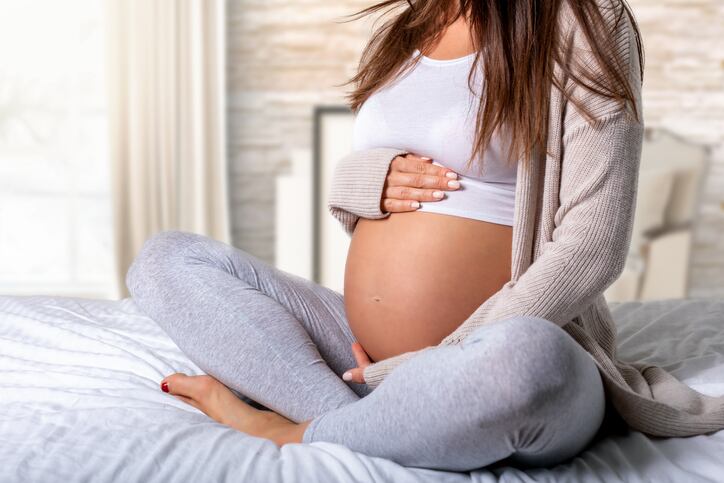Metagenomes analysis have shown that these species have the ability to degrade complex carbohydrates well, in turn providing food sources such as short-chain fatty acids for other bacteria.
This process will initiate the recovery of the gut ecosystem disrupted by antibiotics use.
The identification of the 21 RABs will open opportunities for determining pre- and probiotic formulations for protecting against the long-term consequence of frequent antibiotic use, said the researchers.
The study, published in Nature, Ecology, and Evolution, was conducted by scientists from Genome Institute of Singapore (GIS), APC Microbiome Ireland, and Indian Institute of Technology (IIT) Madras.
Except for the Bifidobacterium species, most of the bacteria species were not commonly used or never used before in commercial probiotic products, researcher Niranjan Nagarajan, also the associate director and group leader at GIS told NutraIngredients-Asia.
Examples of the RABs that have never been used in probiotic products included Alistipes putredinis, Ruminococcus bromii, Parabacteroides distansonis, and Roseburia inulnivorans.
"I believe that they can definitely explore these RAB species for use as probiotics, especially if the goal is to promote a diverse gut microbiome,"Nagarajan said.
Study design
The study analysed the microbiome data of 117 individuals from three continents.
Gut microbiome samples of the subjects were taken before, during and after a course of antibiotics. This is to identify RABs that were more abundant in individuals whose microbiome had recovered better.
Some of these RABs were then combined and their effects experimented on mice.
Feeding the mice a combination of Bacteroides thetaiotaomicron and Bifidobacterium adolescentis, Nagarajan said there was a 100-fold recovery of the microbiome just within three days.
He explained that the RABs, through their enzymatic capabilities to colonize the host and utilize diverse carbohydrate sources for energy, had helped recover the gut ecosystem.
A diverse gut microbiome can provide immune health, produce vitamins and key metabolites beneficial for health. Some of the RABs could also serve as markers for a healthy gut microbiome.
“The study was initiated nearly 5 years ago and involved extensive analysis of microbiome datasets and in vivo experiments.
“Overall, the main health benefit that we were studying is the robust recovery of a diverse gut microbial ecology, with known associated host benefits in terms of immune modulation and production of various vitamins and metabolites important for our health,” he said.
Next steps
The researchers have identified three areas for future research.
Nagarajan said that one of the key interests was to find out the ways to promote the growth of the 21 RABs in the gut microbiome. This could include the consumption of specific diets, pre- and probiotics.
Second, the aim was to find out the interaction between the RABs, such as the cross-feeding interaction key for microbiome recovery.
Third, the team hopes to find out if microbiome recovery and the RABs crucial for microbiome restoration could prevent pathogens from colonizing the gut.
Source: Nat Ecol Evol (2020)
Metagenome-wide association analysis identifies microbial determinants of post-antibiotic ecological recovery in the gut.
https://doi.org/10.1038/s41559-020-1236-0
Authors: Chng, K.R., Ghosh, T.S., Tan, Y.H. et al





